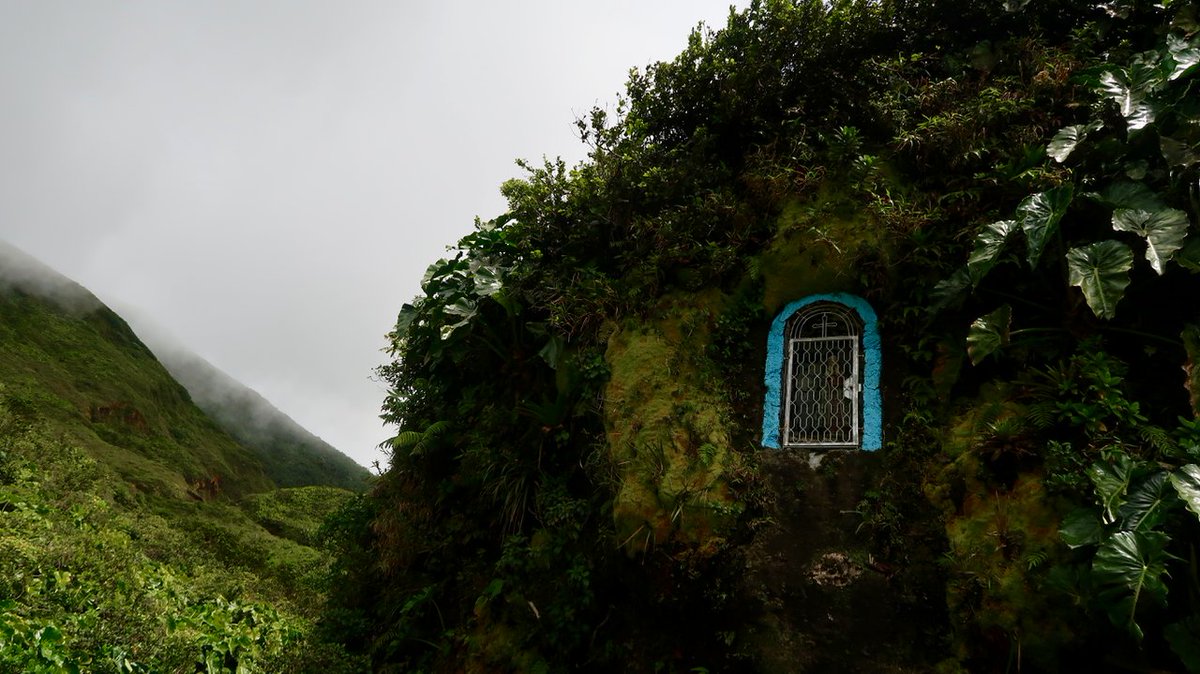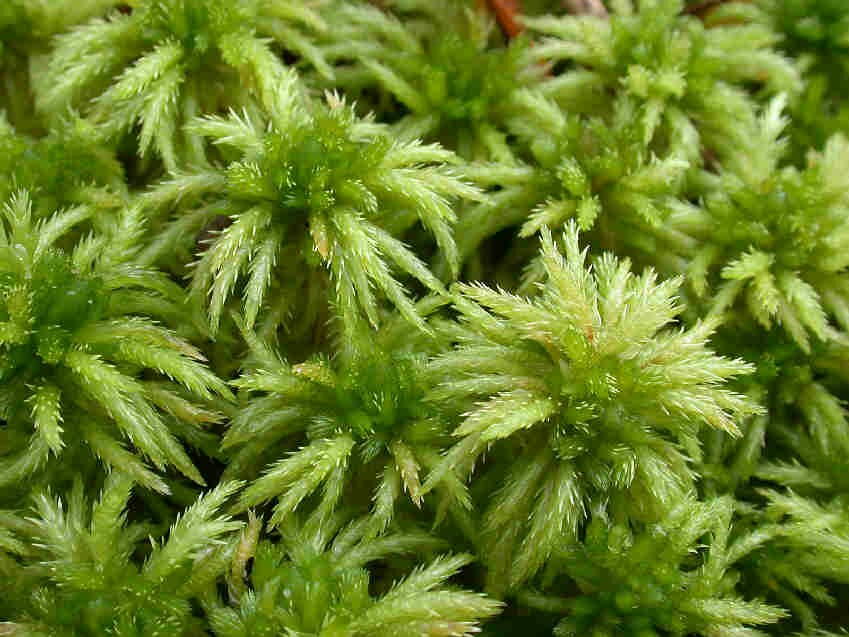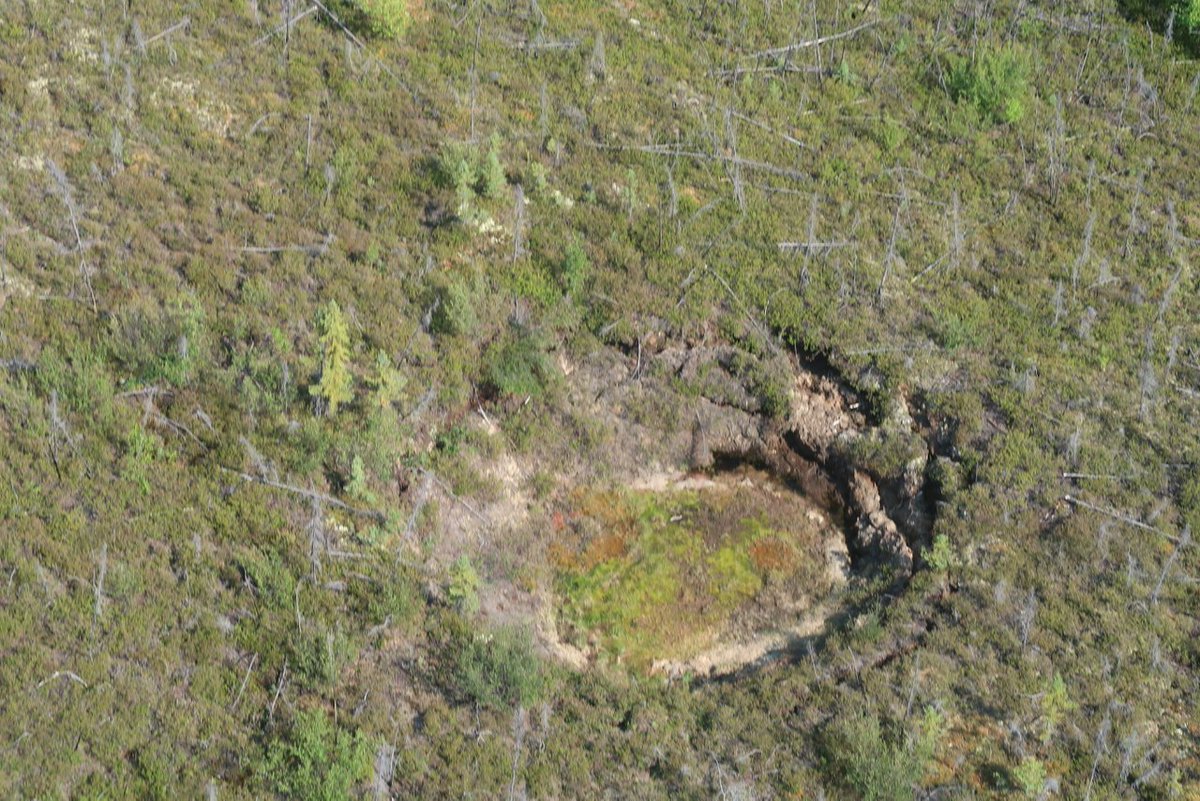
This is a story about one of the most powerful plants on Earth, the climate champion Sphagnum moss. This story is about science, discovery, & how much we have left to learn. Not about a distant planet, but a group of plants millions of years old that continues to astound us. 1/ 

Sphagnum are infamous for storing carbon from the atmosphere via thick layers of peat. Sphagnum tissue decomposes slowly, sometimes more slowly than wood! As a result Sphagnum & peatlands have cooled our climate for millennia. So please thank Sphagnum moss! 2/ 

In the 1990's I was a new graduate student looking for a way to merge interests in ecology & climate. I started working on permafrost thaw in peatlands, but became obsessed w/ a simple question. Why does Sphagnum decompose slowly? It's unusual so why Why WHY? 3/ 

There are several ecological reasons why Sphagnum decomposes slowly. Acidity, low nitrogen, waterlogged conditions. None of these are wrong...but they don't explain why some Sphagnum species decompose slowly while others decompose quickly even if they grow in the SAME bog. 4/
This paper argued that Sphagnum slow decomposition was adaptive, that we should adopt an evolutionary perspective. I have a love-hate relationship with this paper & author, from scientific and equity issues. But that is a story for another day. 5/ sciencedirect.com/science/articl…
Some Sphagnum species' tissue resist decomposition post-death. Can this slow decomposition be adaptive to live plants? Is this an example of an extended phenotype, akin to a beaver dam? But how does this work when the phenotype relates to dead tissue? 6/ ncbi.nlm.nih.gov/pmc/articles/P…
Dear evolutionary scientists, I'm just an ecologist sitting here asking a question that has been in my mind for 20 yrs. Can there be selection on something that is dead? Please weigh in! 7/ 

Sphagnum that build hummocks, such as Sphagnum fuscum, decompose more slowly than Sphagnum that grow in wetter hollow depressions. Some Sphagnum literally create the environment that allows them to survive! So cool, so smart. 8/ besjournals.onlinelibrary.wiley.com/doi/10.1111/j.…
@mossMatters showed that there is a phylogenetic signal to hummock hollow preference among Sphagnum species. Peatland surface topography is maintained by species evolution. The next time you get your boots wet in a bog, you can thank Sphagnum evolution! 9/ mossmatters.com/assets/pdfs/pa…
So far we know: 1) hummock Sphagnum species decompose slowly, 2) there is a phylogenetic signal to hummock hollow preference across the Sphagnum genus. Are these linked? Or is this an evolutionary spandrel? Darwin loved bogs, he would know. 10/ royalsocietypublishing.org/doi/10.1098/rs…
Yrs ago, I spent a sabbatical in the Shaw lab at @DukeU. My goal was to figure out whether selection was acting on Sphagnum decomposition rates. Guess what? I couldn't figure out how to test it. Went in circles. But I met a very talented PhD student & that was more important. 11/ 

Bryan Piatkowski (now @ORNL) conducted an incredible experiment showing that decay rates across Sphagnum are driven by evolutionary constraints. One of the largest soil carbon pools (peat) is controlled by plant evolution. Holy genes to ecosystems! 12/ royalsocietypublishing.org/doi/10.1098/rs…
This story about the life, death, & evolution of Sphagnum mosses is not over. What's up with Sphagnum superclones? Why did this group diversify in the north & not in the tropics like others? Is the microbiome living inside Sphagnum driving plant evolution & carbon fluxes? 13/ 

These questions float across disciplinary boundaries. They often feel improbable, yet Sphagnum exists and continues to entice us into curiosity. When you walk across a bog, picture the wealth of stories stored there. So much left to learn, at and under our feet. Thank you. /end
• • •
Missing some Tweet in this thread? You can try to
force a refresh












